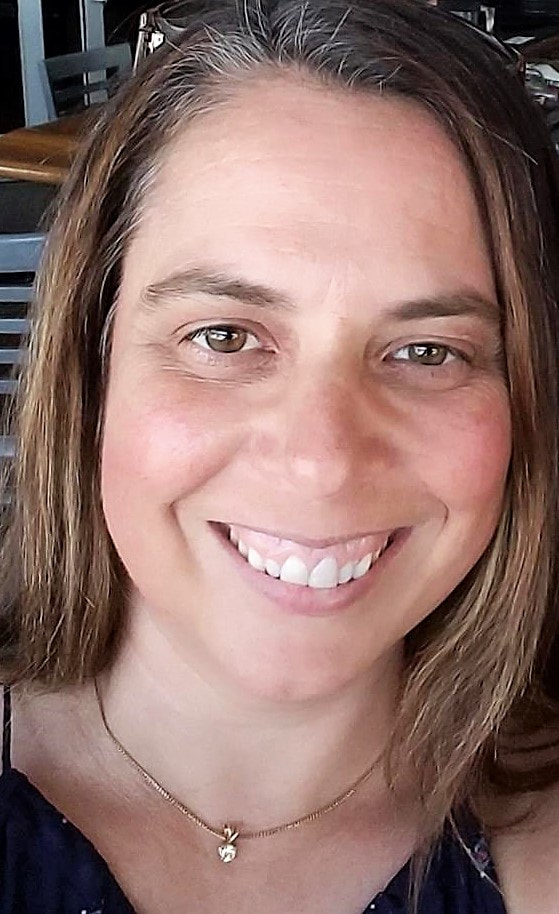|
When one talks about financial wellbeing many times, we think about money. But according to Dr. Suzie Carmack, we can think about financial wellbeing in the categories of time, talents, and treasures. When we think about how we spend our time, we should consider all of the dimensions of wellbeing: emotional, purpose, mental, financial, and physical. Our talents could be hobbies that we've developed work skills and life skills. Treasures don't necessarily mean money; they could be what you hold close to your heart or what's important to you.
If we consider the past five weeks and the time that we've spent, how much time have you spent on things that are important to you? Although we are working from home and we have office hours, are we investing in ourselves? Is there a balance between what we need to do today and the priorities in the future? According to the Consumer Financial Protection Bureau (CSFP), no matter how much income you make, you can experience Financial wellbeing. CFPS said Financial Wellness is a highly personal state of being where there's a balance between the freedom of doing what you enjoy and being able to pay the bills as well as handle Financial crises. So when you consider financial wellness, you can ask yourself the question, "Have I felt financially secure?". We can ask ourselves, "Am I investing in myself, spending time doing things that are important to me, and balancing that with giving back to the community? Being a permaculturalist, I think about the cycles of the Earth, including the hourly, weekly, monthly, and yearly cycles of the seasons. I consider the Earth's trip around the Sun and how that affects daylight, the temperature, how I grow food, and how I take care of my flock. In my schedule, I also consider the season of life. When I was younger, I spent my time differently than now. So what's your vision for your financial wellness? If you made a chart listing time spent, talents, and treasures, is there a balance? Are you spending more time on things that don't make you happy? Or maybe you're spending time doing those things so that later on in life you'll have financial security. Time-space bridging is a three breath meditation that's easy to do and might help you set your vision for your financial wellness. On the first breath, feel the breath going in through the nose and out through the nose. On the second breath, focus your eyes on a single point in the room. On the third breath, expand your vision to a panoramic view. In yoga, we say to soften the gaze. In your panoramic view, envision what you want in your future. Interestingly, sometimes we see different things than what we thought. As an example, a woman in my yoga class thought her career was most important, a treasure that would take her to a different area of the country. But when she did the time-space bridging, what she saw was being close to family. Time-space bridging can help you develop your vision or what you want in your future. From that point, you can make a plan for how to increase your treasures by investing time in yourself and developing your talents.
1 Comment
Taking Care of You during the Workday
(Forehead: 6th chakra- insight) (Crown/top of head: 7th chakra- community (Archetypes/aura: 8th chakra- consciousness)
Designing a Genius Break with ABCE Step 1. Assess the time you have at the moment (2-10 minutes), set your intention, and assess how your body feels at the moment. Step 2. Breath and Bones (move with the 2/4/6/8/10 method) Step 3. Centering communication (Self-Talk Themes) Step 4. Experience (engage, embrace, embody, and evaluate) Check out Dr. Suzie Carmack’s website for more information on Genius Breaks and free resources |
Archives
November 2022
Categories |
Proudly powered by Weebly
 RSS Feed
RSS Feed
